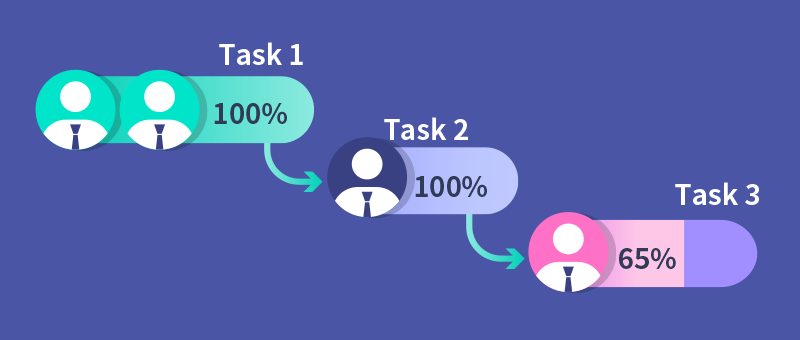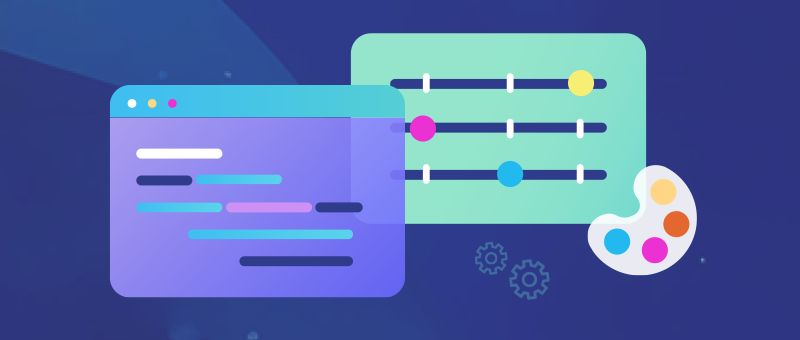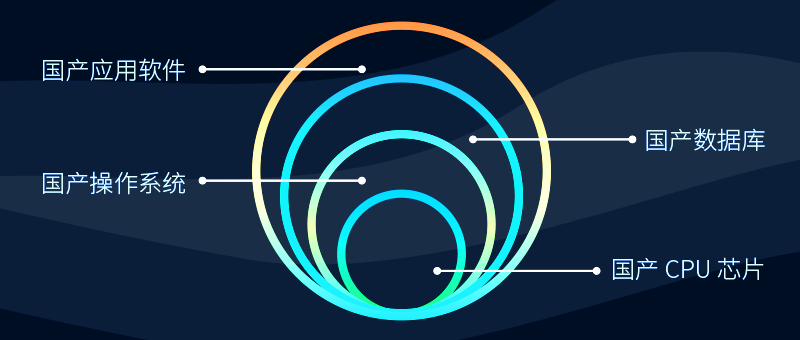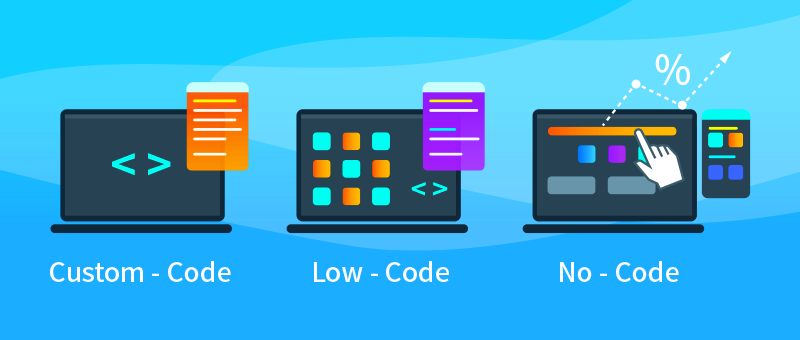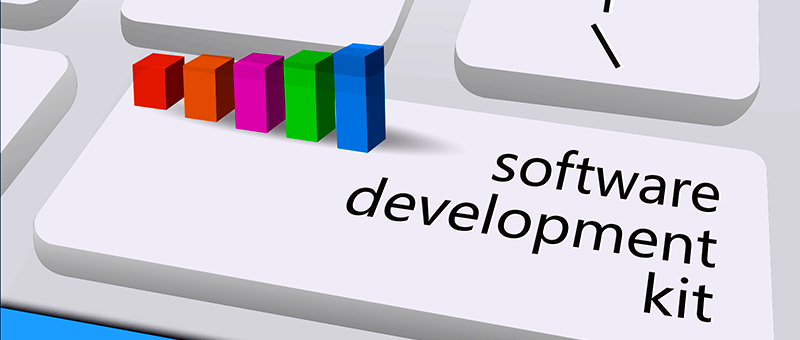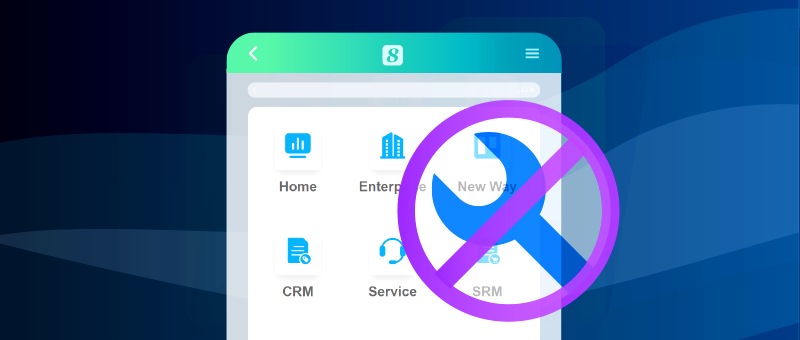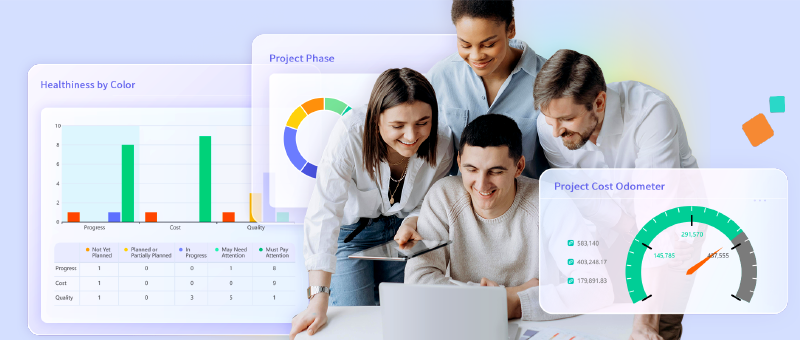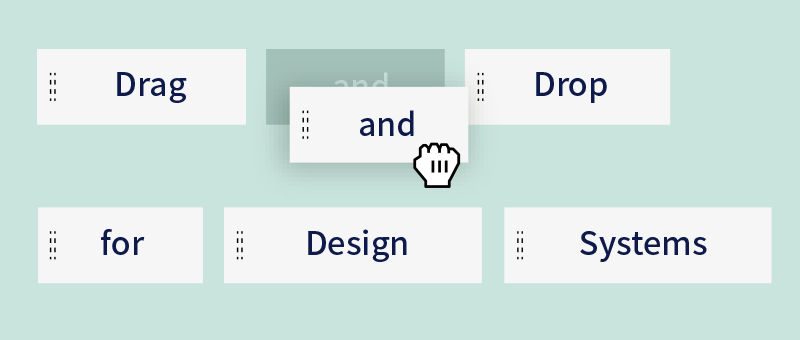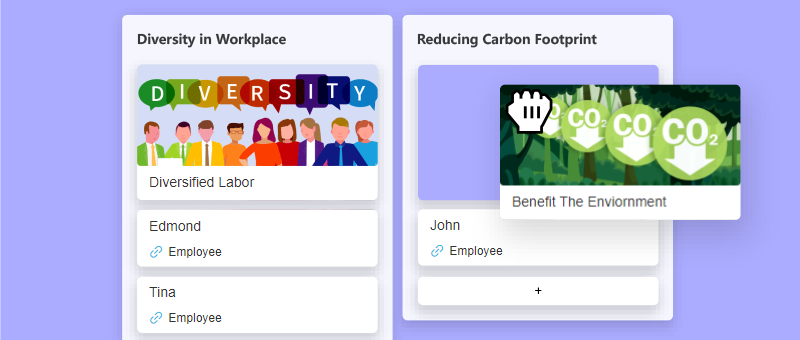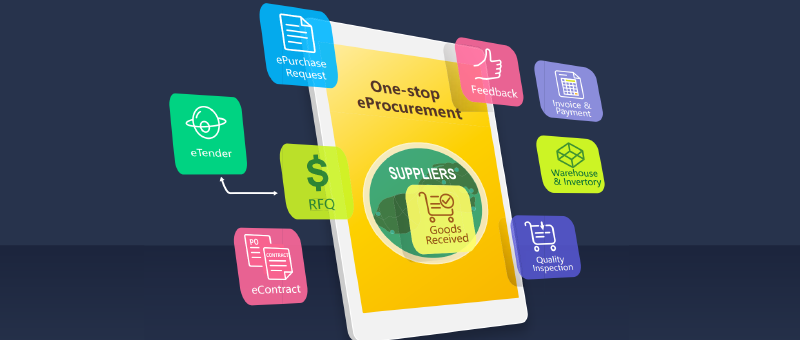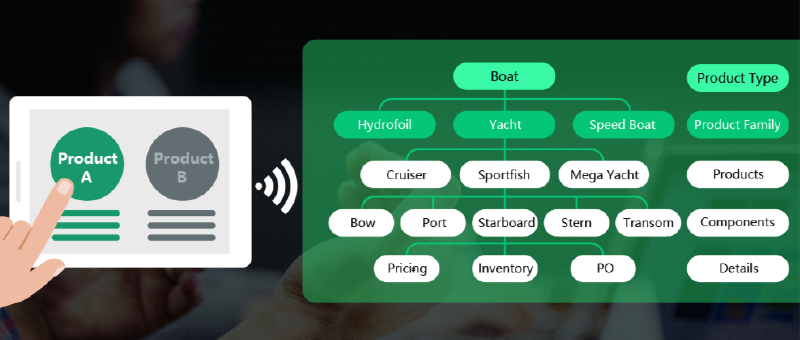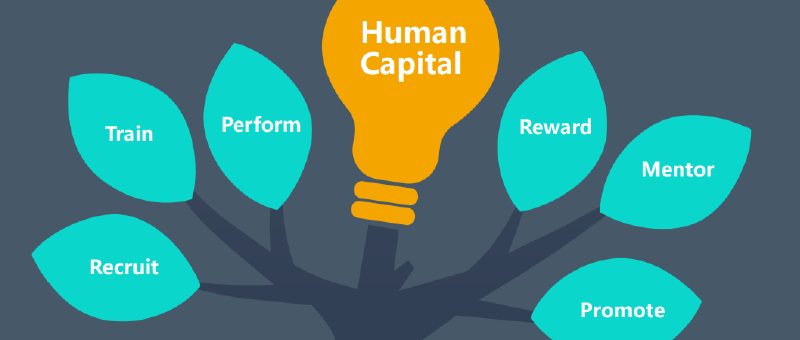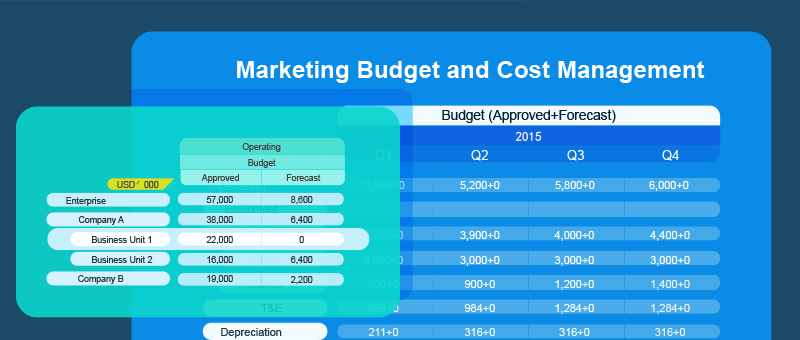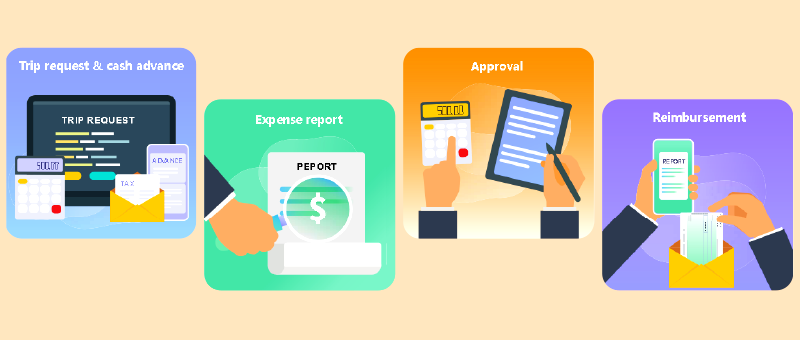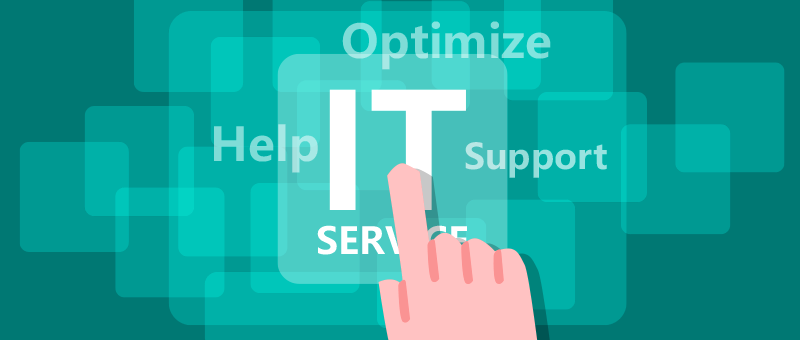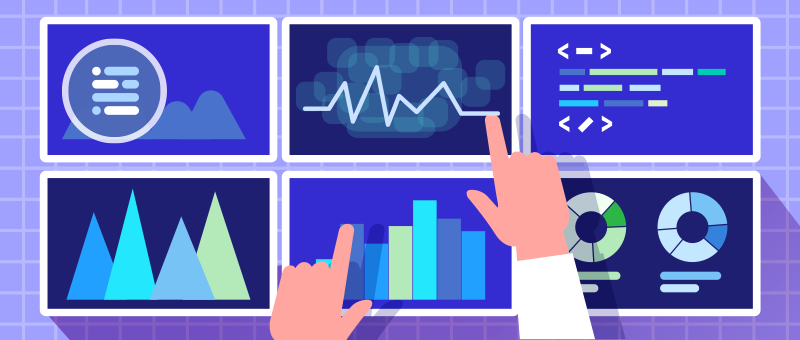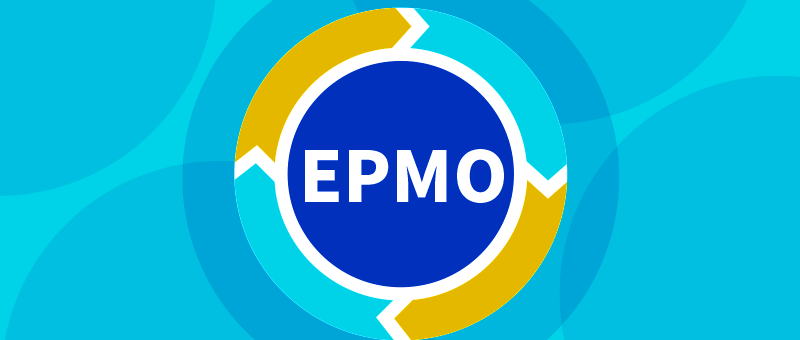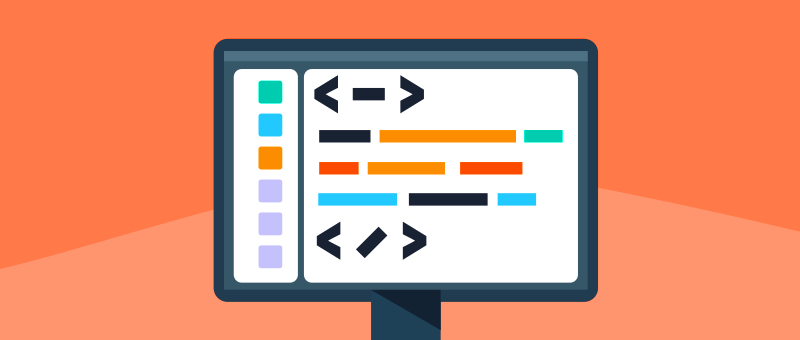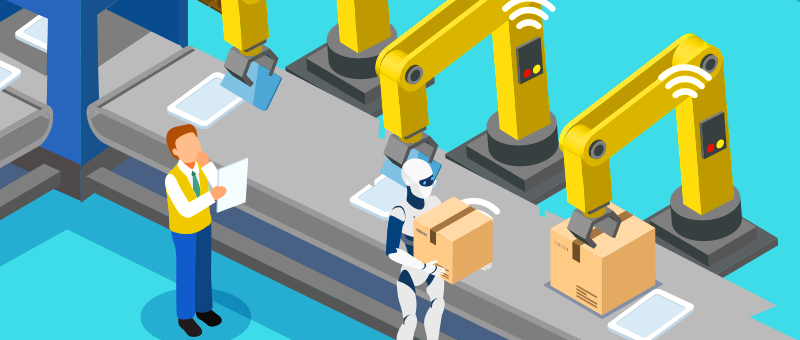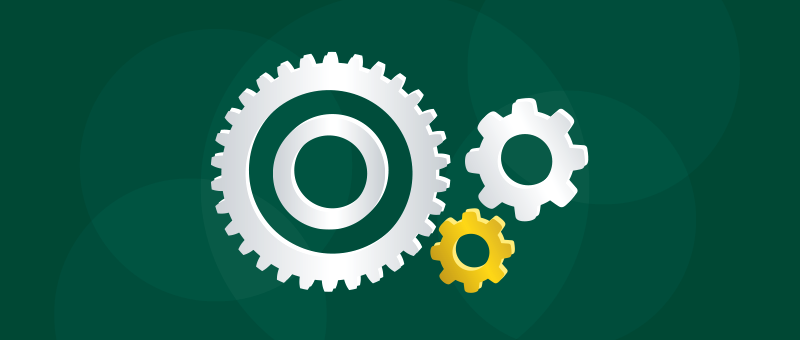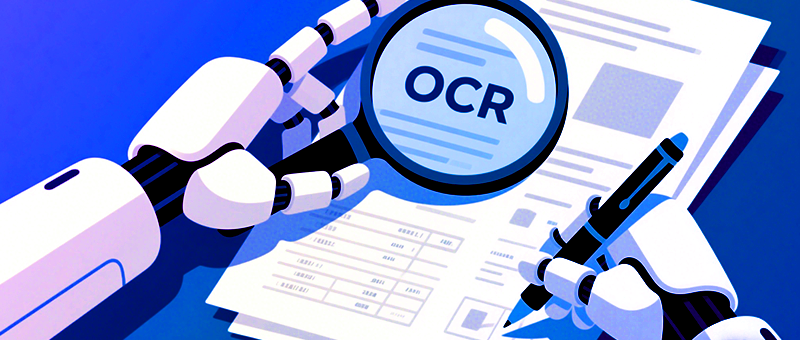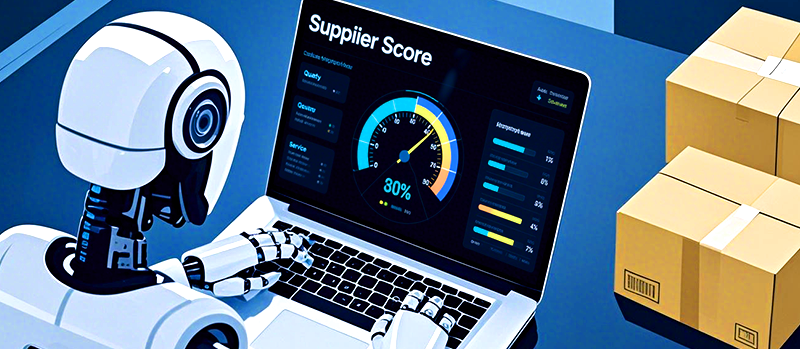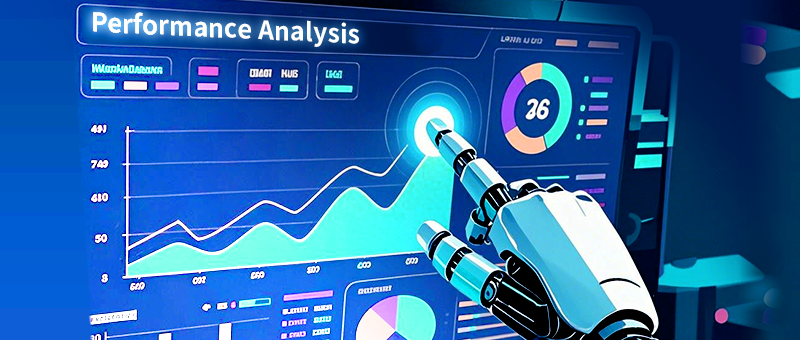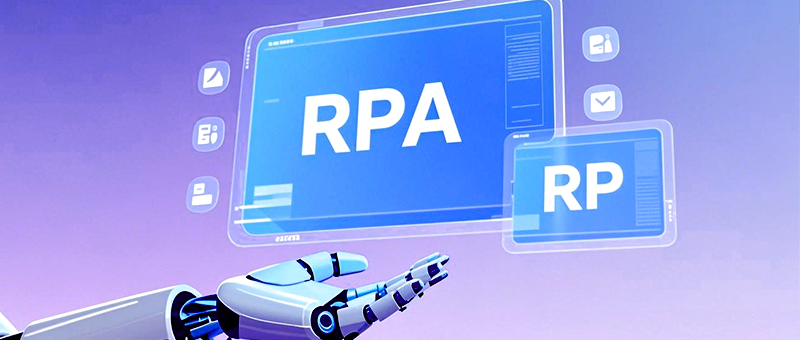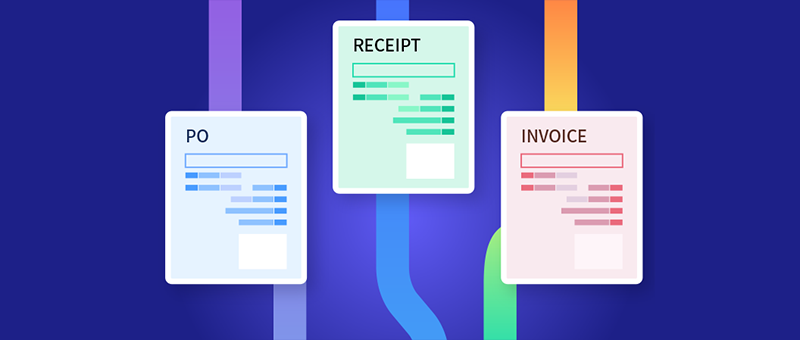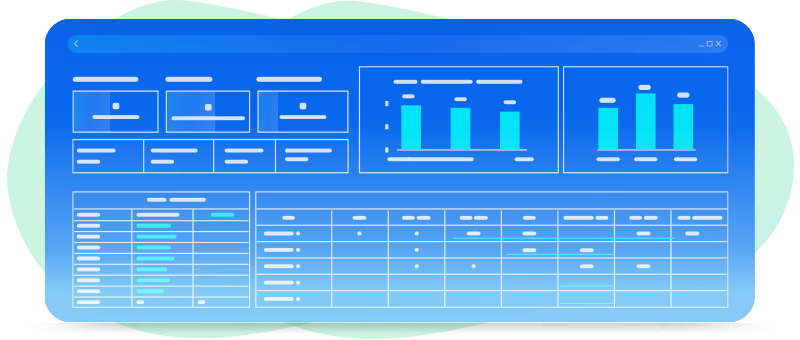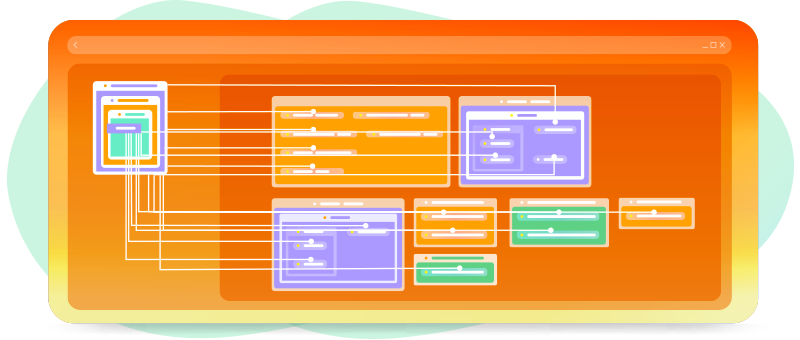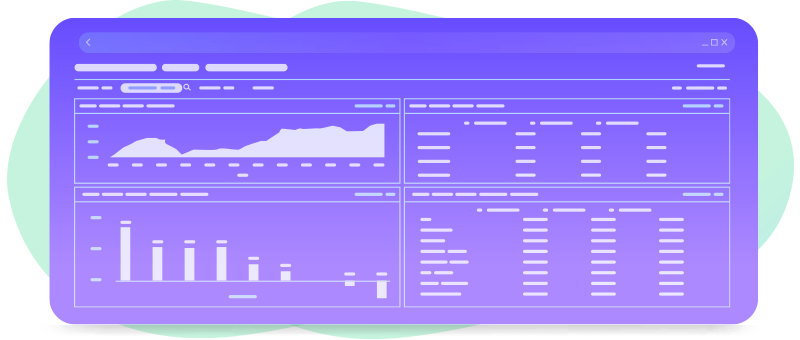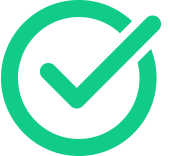Special News
How to use Agile kanban to enhance team collaboration and efficiency
2024-12-20
In todays fast-paced work environment, team collaboration and efficiency are among the critical factors for business success. Agile Kanban, as an intuitive and effective task management tool, has gained widespread popularity among teams. By visualizing task status, priorities, and workflows, it significantly improves collaboration efficiency. This article covers the basics of Agile Kanban, its application methods, advanced techniques, and solutions to common issues, helping readers optimize team management using Agile Kanban.
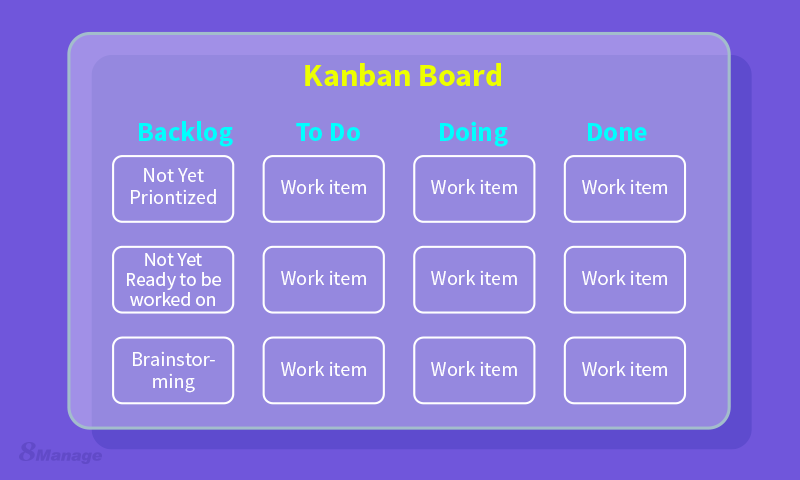
1、The Concept and Core Elements of Agile Kanban
Originating from lean manufacturing, Kanban management was later adopted in Agile development as a crucial component of Agile methodology. Its core idea is to manage task flow through visualization, ensuring efficiency and transparency in work processes.Core Elements of Agile Kanban:
1.Task Cards: Represent individual tasks with details such as title, description, assignee, due date, and priority.2.Columns: Indicate task statuses, such as "To Do," "In Progress," and "Done."
3.Work-in-Progress (WIP) Limits: Set maximum limits for tasks in each stage to prevent overload.
4.Workflow: The process of tasks moving from one status to another.
2、Advantages of Agile Kanban
Using tools like 8Manage Kanban for task management offers the following benefits:1. Enhanced Task Transparency
Agile Kanban visually presents the status of all tasks, enabling team members to quickly grasp overall progress.2. Improved Communication Efficiency
Kanban serves as the central hub for team communication, reducing the need for frequent meetings and excessive emails.3. Optimized Workflow
WIP limits help teams focus on current tasks, minimizing the inefficiencies caused by multitasking.4. Facilitates Continuous Improvement
Kanban provides a comprehensive view of the workflow, making it easier to identify bottlenecks and optimize processes.3、Implementing Agile Kanban
1. Define Team Workflow
Identify your teams task flow and map it to Kanban columns. For example:● To Do: Tasks yet to start.
● In Progress: Tasks currently being worked on.
● Done: Completed tasks.
2. Create Task Cards
Each task card should include:● Task Name: A concise description of the task.
● Description: Detailed task information and objectives.
● Assignee: Clearly assign responsibility.
● Due Date: Ensure timely completion.
● Priority: Help the team focus on critical tasks.
3. Set Work-in-Progress Limits (WIP)
Set reasonable task limits for each column, e.g., a maximum of 3 tasks in the "In Progress" column. This keeps the team focused and avoids overextension.4. Regularly Update the Kanban
Team members should frequently update task statuses to reflect real progress. Daily stand-up meetings can help review changes and discuss potential issues.5. Continuously Improve
Hold regular retrospective meetings to analyze Kanban data (e.g., cumulative flow diagrams), identify bottlenecks, and develop improvement strategies.4、Advanced Techniques for a More Efficient Kanban
1. Use Colors and Labels
Highlight task priorities or types (e.g., bugs, feature development) with colors for greater visual clarity.2. Leverage Automation Tools
Use tools like Trello or Jira that integrate with email and chat platforms for automated task updates.3. Manage Cross-Team Collaboration
For large projects, shared Kanban boards facilitate synchronized tasks across teams and ensure information consistency.4. Analyze Data for Decision-Making
Generate charts showing task completion time or cycle time to support data-driven decisions.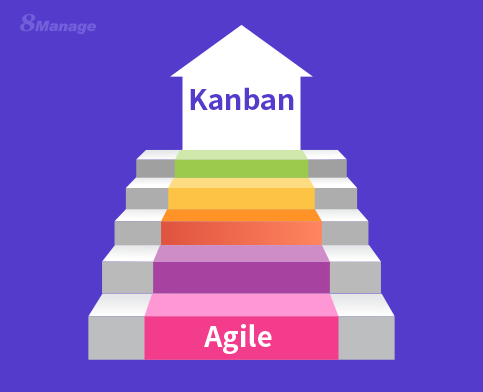
5、Choosing the Right Agile Kanban Tool
Agile Kanban tools play a vital role in improving team efficiency and task management. When selecting a tool, consider factors such as usability, functionality, customization, integration, security, and cost-effectiveness.8Manage Kanban Management stands out with its user-friendly interface, robust data analytics, flexible customization, and seamless integration with CRM and ERP systems, making it an ideal choice for diverse team needs.
With features like real-time task visualization, cross-team collaboration, smart reminders, and comprehensive access control, 8Manage enables efficient collaboration. Its enterprise-level security and scalable pricing options cater to both small teams and complex projects.
FAQs
1. Which Teams Can Use Agile Kanban?
Agile Kanban is suitable for software development teams, as well as product management, marketing, design, and other teams handling multiple tasks. Its flexibility makes it a widely applicable tool across industries.2. How to Handle Kanban Overload?
If a Kanban board becomes overloaded:● Adjust WIP limits.
● Regularly clean up low-priority tasks.
● Break down tasks into smaller, manageable subtasks to reduce complexity.
3. How Does Agile Kanban Differ from Traditional Task Management Tools?
Agile Kanban emphasizes dynamic task flow and visualization, while traditional tools focus more on planning and allocation. Agile Kanban is ideal for fast-changing projects, whereas traditional tools suit structured projects better.By implementing Agile Kanban, teams can significantly enhance collaboration efficiency and transparency. If your team hasn’t tried this approach yet, start using Agile Kanban today and continuously optimize it to find the best workflow for your team.
Most popular

How IPD drives product R&D toward commercial success

Top procurement management systems to elevate your business in 2025

Are your project managers ready for AI?
Related articles
8Manage software: The smart choice for global enterprise success
2025-03-28
8Manage software: Empowering Chinese companies to conquer global markets
2025-03-14
Why no-code ERP is the perfect fit for SMEs: 3 key reasons
2025-01-15
Top CRM systems rankings: A comparison of cost-effectiveness and features
2025-01-07
Cut costs and boost productivity with electronic document management
2024-12-27
Previous Article >
How to handle team conflicts in scrum management
How to handle team conflicts in scrum management



